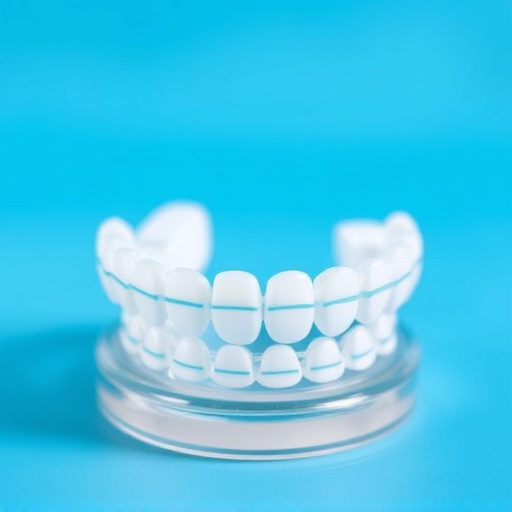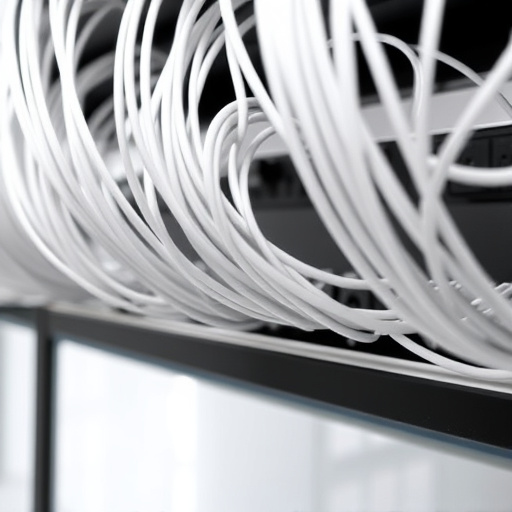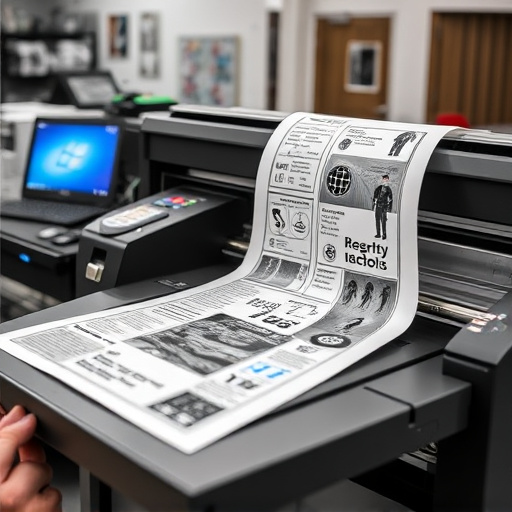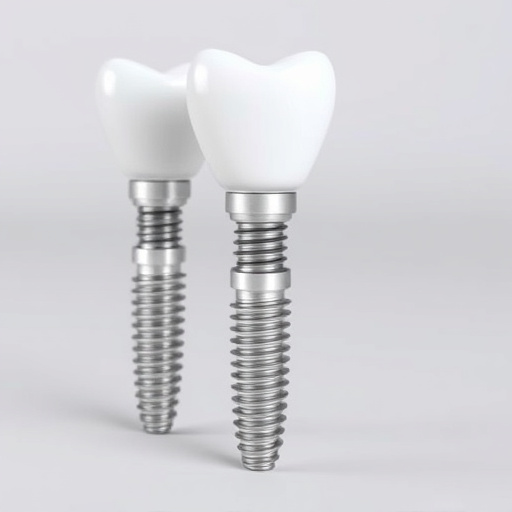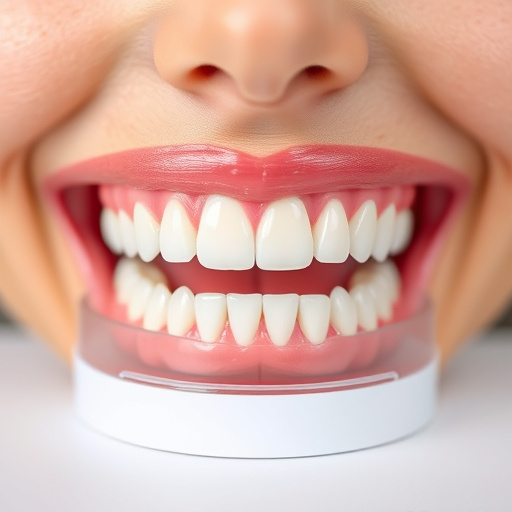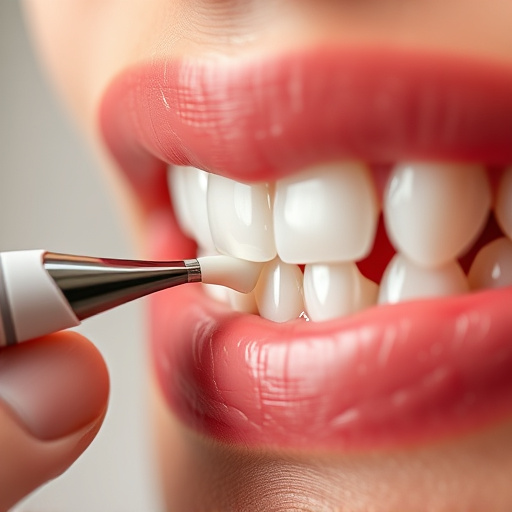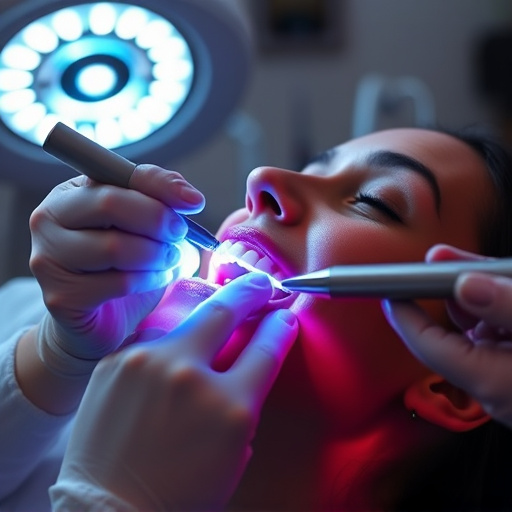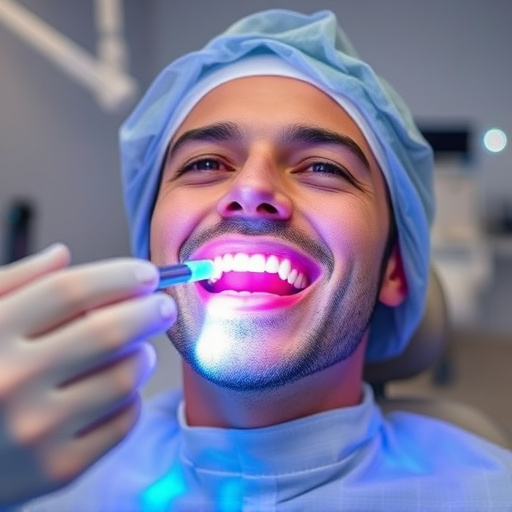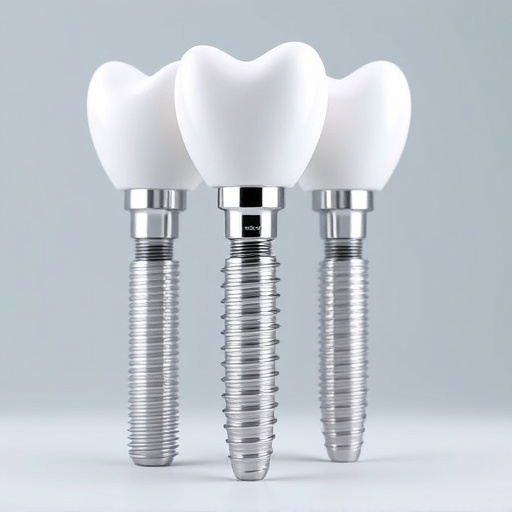Minimally invasive dentistry (MID) offers modern solutions for oral health issues, focusing on tooth conservation and patient comfort. Using advanced technologies like laser and digital imaging, MID treats decay, gum disease, and misaligned teeth with less drilling and cutting. Common procedures include dental bonding, clear aligners, and guided wisdom tooth removal, enhancing outcomes, shortening durations, and reducing anxiety compared to traditional methods. This approach prioritizes preserving healthy teeth while improving overall well-being through less invasive treatments.
Minimally invasive dentistry (MID) is transforming the dental care landscape by offering a more comfortable and less anxious experience for patients. This approach prioritizes preserving tooth structure over extensive removal, employing advanced techniques to detect and treat issues early. By reducing the need for drills and injections, MID significantly diminishes patient anxiety and stress, making dental visits more pleasant. This article explores the benefits of MID and how modern techniques are reshaping dental care.
- Understanding Minimally Invasive Dental Procedures
- Benefits: Reducing Patient Anxiety and Stress
- Modern Techniques Shaping Dental Care Experience
Understanding Minimally Invasive Dental Procedures

Minimally invasive dentistry refers to a set of modern dental techniques and technologies designed to preserve as much natural tooth structure as possible while treating various oral health issues. These procedures aim to reduce discomfort, shorten treatment times, and minimize post-operative recovery compared to traditional methods. Instead of extensive drilling or cutting, minimally invasive dentistry utilizes advanced tools like lasers, digital imaging, and precision instruments to access and treat tooth decay, gum disease, or even straighten teeth without causing significant damage.
Common examples include dental bonding, where a composite resin is bonded to the tooth surface for fillings or cosmetic repairs, and clear aligners, which are virtually invisible trays that gradually adjust misaligned teeth over time. Even wisdom tooth removal can be performed less invasively using guided surgical techniques. These approaches not only enhance the effectiveness of treatments but also alleviate patient anxiety often associated with dental procedures.
Benefits: Reducing Patient Anxiety and Stress
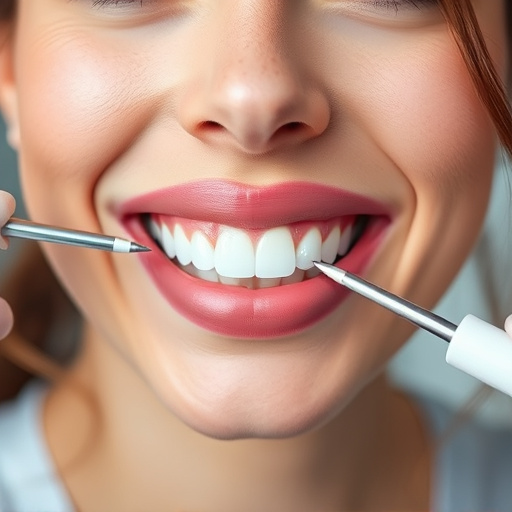
Minimally invasive dentistry (MID) offers a revolutionary approach to oral care, prioritizing patient comfort and minimizing anxiety associated with traditional dental procedures. By focusing on preserving healthy tooth structure and using advanced techniques, MID reduces the need for extensive treatments like tooth extractions. This method is particularly beneficial for patients who experience dental phobia or anxiety, as it involves less trauma and smaller incisions, making the overall experience less daunting.
The benefits extend beyond the procedure itself; it empowers individuals to take charge of their oral health with greater ease. Patients can receive comprehensive dental care without the typical discomfort and recovery periods associated with more invasive practices. This approach ensures that individuals who have previously avoided dental visits due to anxiety can now access necessary treatments, promoting better overall oral health and well-being.
Modern Techniques Shaping Dental Care Experience

Modern dental techniques are revolutionizing the way we think about and experience dental care. One such game-changer is minimally invasive dentistry, which focuses on preserving healthy tooth structure while treating various oral health issues. This approach has helped reduce anxiety associated with dental visits, especially for procedures like wisdom tooth removal, where traditional methods often caused significant discomfort.
By utilizing advanced tools and techniques, dentists can now perform tasks such as fillings, crowns, and even teeth cleaning in a more precise and conservative manner. Routine oral exams become less intimidating when minimally invasive practices are employed, ensuring patients face fewer risks and shorter recovery times. This shift in dental care has made it easier for folks to maintain their oral health and keep up with regular appointments, fostering a healthier smile and improved overall well-being.
Minimally invasive dentistry (MID) is transforming dental care by offering a more comfortable and less anxiety-inducing experience. By employing modern techniques that reduce the need for extensive drilling and extraction, MID provides a more gentle approach to oral health management. This innovative field of dentistry not only benefits patients by easing their fears but also promotes overall oral well-being with less trauma to tooth structure. Adopting MID ensures a smoother dental journey, making routine checkups and treatments more manageable for patients.
